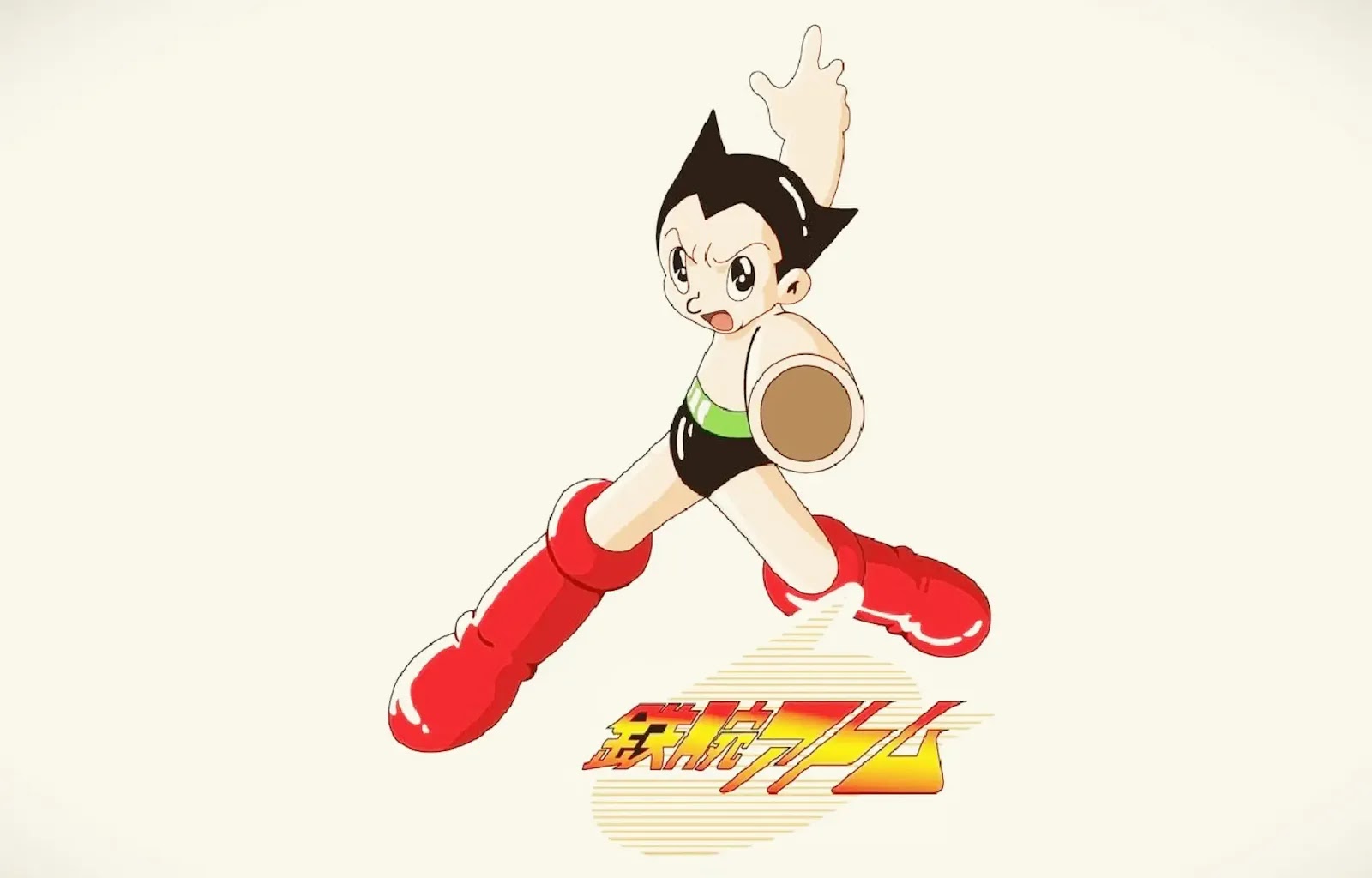Robotics and Art
Figure 1: Baymax Concept Skeletons from "The real soft robots that inspired Baymax, with Chris Atkeson"
With the rise of AI, the public have been awry upon its implications on creativity. Yet, the progress and innovation to improve the technology is an art in itself.
Although robotics are purposed toward aiding in human advances, in many ways, these robots start off as creative ideas by their creators. Disney’s Big Hero 6’s Baymax, not only exemplifies the combination of art and robotics to tell their story, but an inspiration by Chris Atkenson, Professor of Robotics at Carnegie Mellon University. Dr. Atkenson spent half of his life creating robots that did fun things like play ping pong, but his overall goal was to create robots that would help people and make them human-friendly by making them soft. As shown by Disney’s sketches and guidance by Dr. Atkenson, the art of building a soft robot with the proper weight and frame for its skeleton while also considering its mobility and material around the skeleton, is an art that requires new perspectives and challenges to overcome. Disney and Dr. Atkenson partnership had to be authentic and collaborative in order to understand the mechanism and design of robots and highlight the significance of its build in the film. This connects to Walter Benjamin’s argument in "The Work of Art in the Age of Mechanical Reproduction" as AI itself would not be able to recreate Baymax as it lacked the context soft robots movement, mechanics, and purpose.
Figure 2: Baymax and Dr. Atkenson from "The real soft robots that inspired Baymax, with Chris Atkeson"
Innovations like Baymax could become a reality and because of his approachable friendliness, he has become a growing Disney staple. That being said, Baymax is an example of how society can approach future robotic innovations. In Professor Machiko Kusahara’s lecture on Japanese robotics, she mentions the scar technology left on the public after World War II. However, when the character of Astro Boy, a friendly robot hero, was created, the Japanese began to open up to the possibilities and challenges of technology like robotics. Society is unsure of the unknown and what it may bring, but if art can be used to show its potential in a good light, society can view robotics as an overall development rather than deterrence.
Figure 3: Astro Boy from "Astro Boy's Influence From Past to Present"
References:
Benjamín, Walter. “The Work of Art in the Age of Mechanical Reproduction.” SAGE Publications Ltd eBooks, 2007, pp. 25–33. https://doi.org/10.4135/9781446269534.n3.
Carne, Anna. “Astro Boy’s Influence From Past to Present | Tokyo Weekender.” Tokyo Weekender, 24 Jan. 2024,www.tokyoweekender.com/art_and_culture/astro-boy-influence.
Hauser, Helmut. The Real Soft Robots That Inspired Baymax, With Chris Atkeson - Robohub. robohub.org/the-real-soft-robots-that-inspired-baymax-with-chris-atkeson.
Kusahara, Machiko. “Japanese Robotics”. BruinLearn DESMA 6. 18 April 20 2024
Quartz. “Baymax From Big Hero 6 Is Real. Here’s Who Created Him.” YouTube, 27 July 2017, www.youtube.com/watch?v=6PMJRe_B2QQ.



Comments
Post a Comment